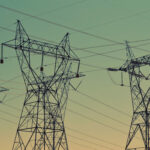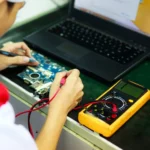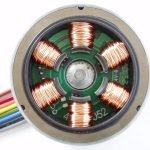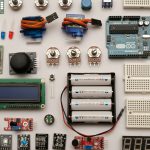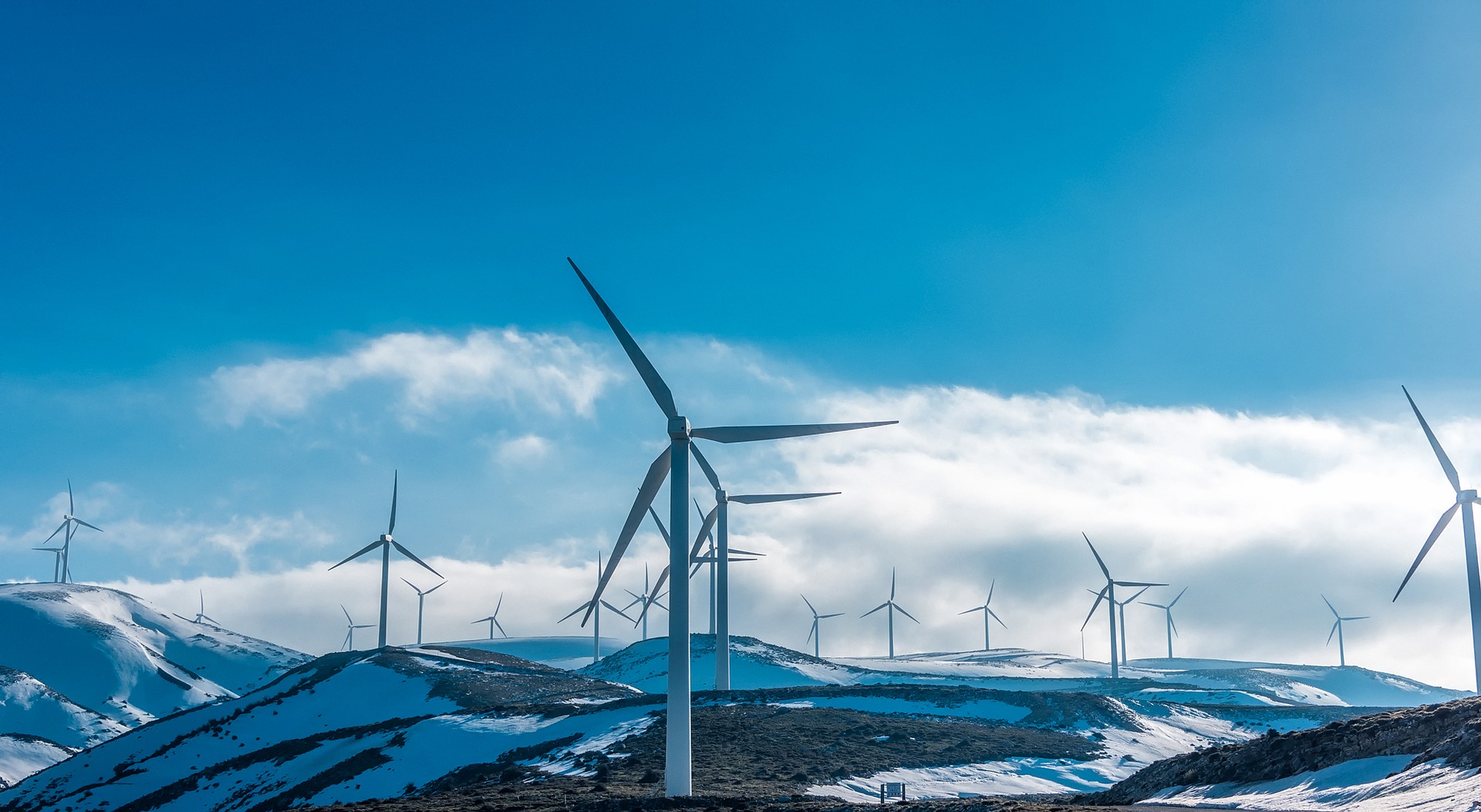
More wind power to the power grid
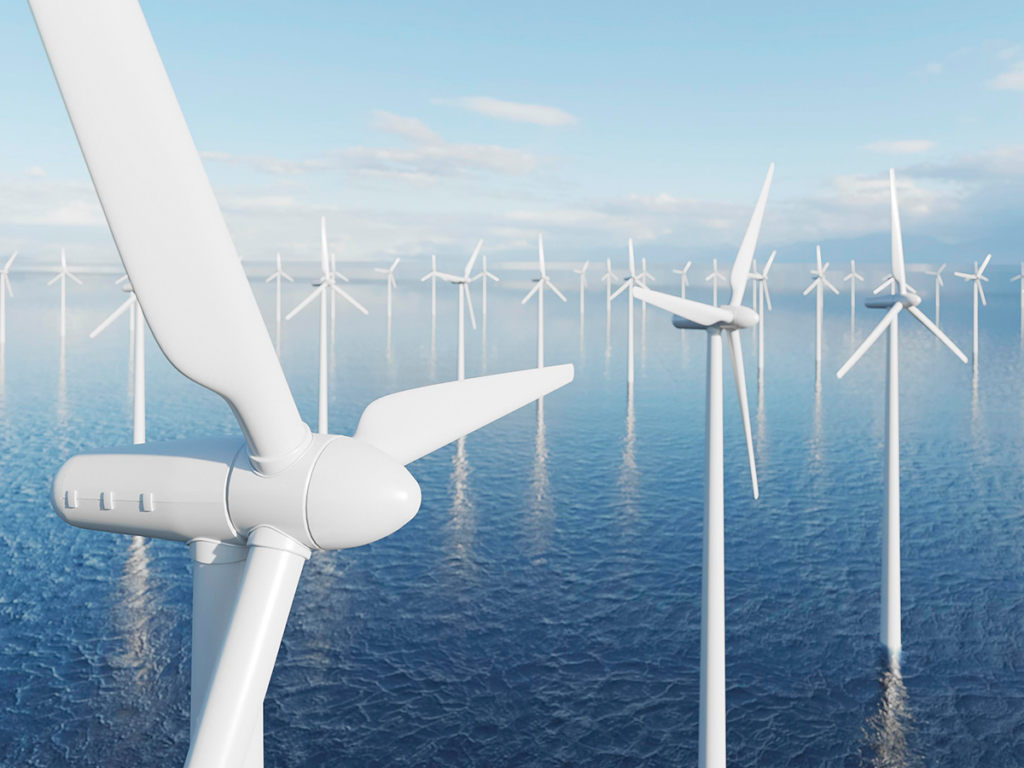
By the close of 2016, the global wind power capacity had exceeded 486 gigawatts. This capacity is set to grow even further in 2017. As if responding to this growth, engineers and researchers from the Public University of Navarre have come up with an electronic converter that enables energy produced by large wind turbines (6.6 kilovolts) to be relayed to the power grid. The newly developed electronic converter reduces energy losses and operate with a high output that matches that of the wind turbines currently being deployed offshore.
Growth of wind power
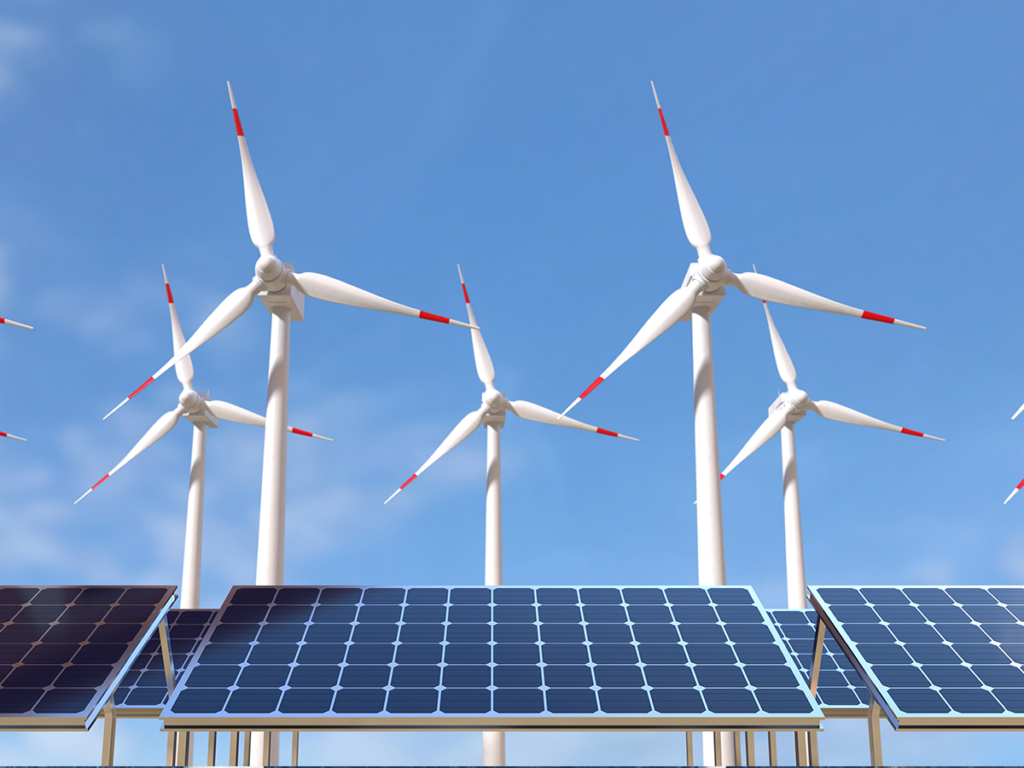
The deployment of wind turbines is growing globally. Powerful wind turbines continue to be developed and even deployed offshore. Most of the existing land-based turbines operate at a voltage of 0.6 kilovolts whereas most of the recently deployed offshore turbines produce 3.3 kilovolts.
Wind turbines and the national grid
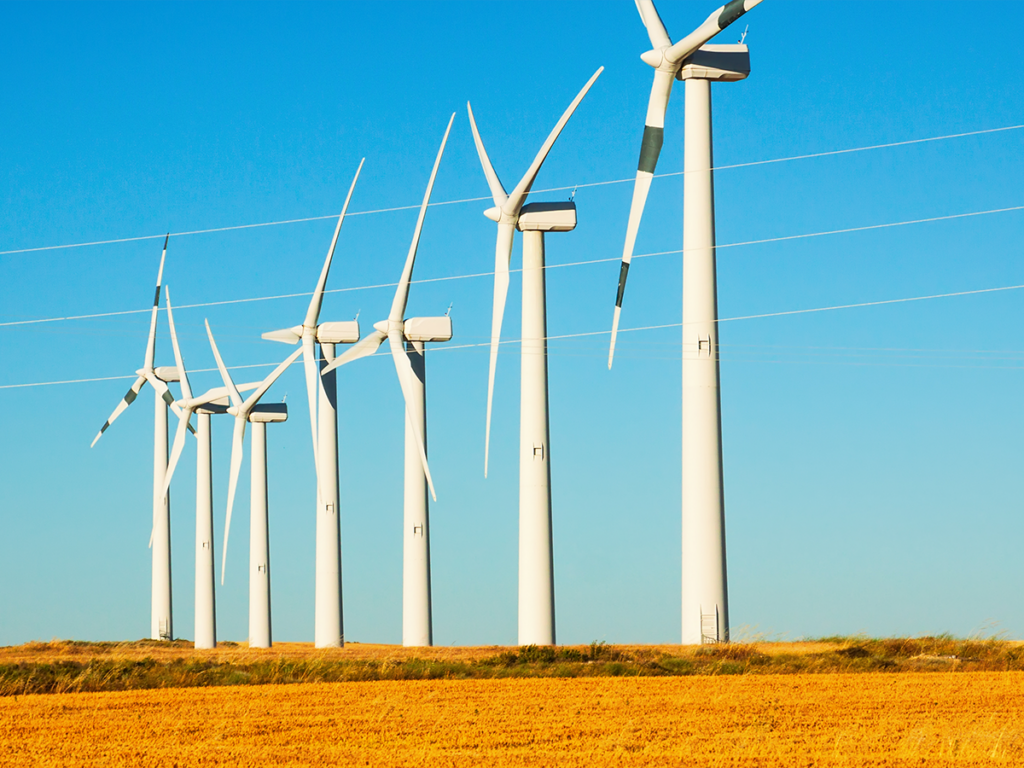
Wind turbines convert wind’s kinetic energy to mechanical energy which is then converted to electrical power by an alternator. To be able to relay this power to the power grid has to be transformed using a converter, to adapt the waveform of the current. The converters are made up of semiconductors (transistors). According to Eduardo Burguete, the designer of the new electronic converter, Transistors have current and voltage limitations. Owing to these limitations, when the power from the wind turbines increases, transistors are not able to convert all when the power. To improve the power of the converter, the semiconductors are parallelized and serialized a move which leads to more limitations and losses.
The new electronic converter
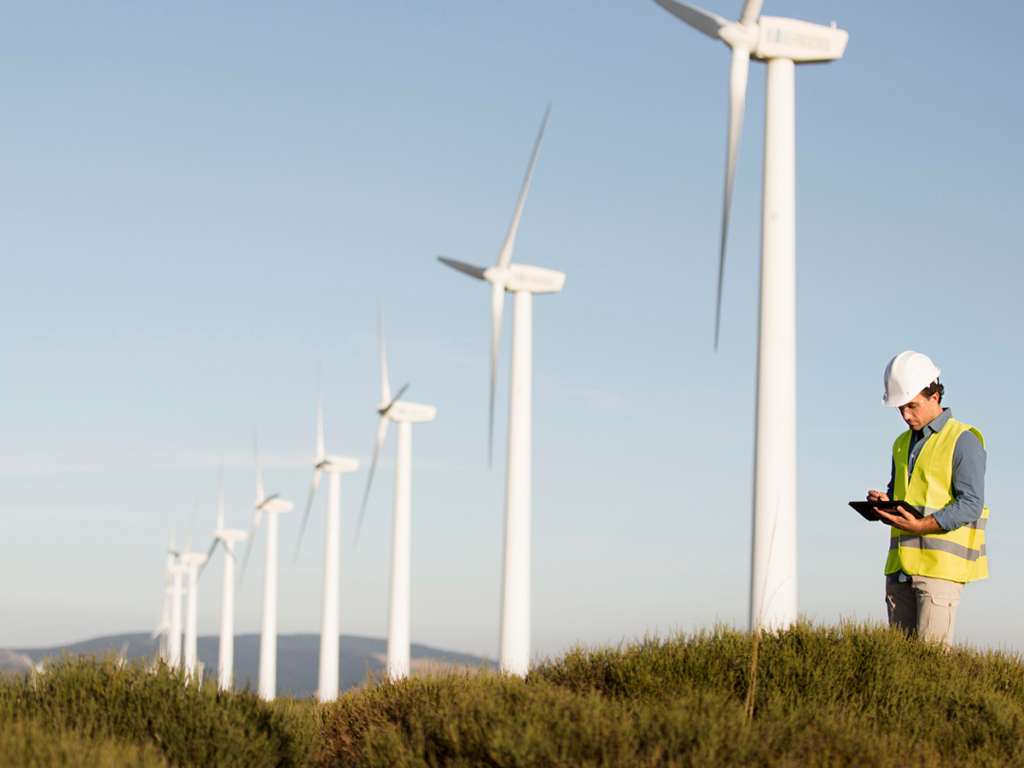
The better option is to use multi-level converters. They are composed of transistors that have the capability to increase the working voltage by reducing loses and ensuring the transistors only block the voltage levels that they have been designed to block and not higher ones. They also require less current filtering before it is relayed to the power grid.
Eduardo has proposed the use of 5-level converters that have one or two large condensers alongside four small ones for each phase. Instead of serializing the transistors, there are small condensers put in place to ensure proper voltage distribution between them resulting in reduced surges between the transistors during switching. The condensers enable the transistors to switch rapidly hence reduced loses. This further enables the converter to work with bigger current.
Eduardo’s design was tested through simulation and a prototype was later built to test the functionality. The converters proved to be able to reduce voltage stress that the transistors should withstand during switching enabling the curbing of losses. They also do not require additional components to guarantee the distribution of the clamping voltage of the transistors.
Once this converter goes commercial, it is expected to boost the adoption of wind energy as wind power from large turbines can now effortlessly be relayed to power grids. Coupled with the global agitation for cleaner energy sources, this adoption is expected to be rapid. Eduardo and his team did not reveal as to how soon we should expect the product to hit the markets but it surely is worth the wait.









